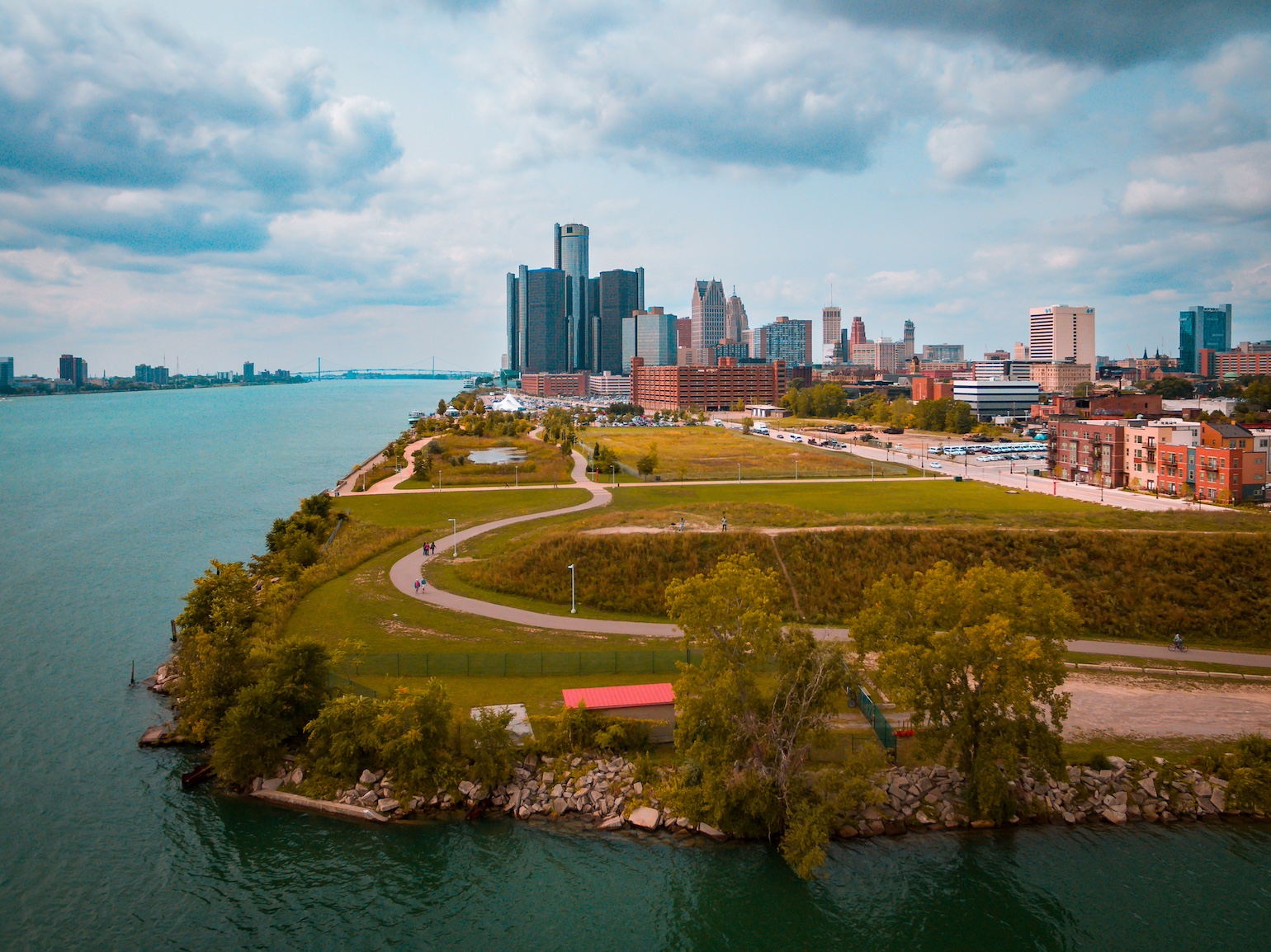Wayne State graduate student advocates for brownfield redevelopment in Detroit

Detroit has a rich history of manufacturing and innovation. Through out-migration and deindustrialization, many previously used industrial sites were abandoned, leaving behind brownfields: former industrial sites where future development is complicated by pollution and hazardous waste.
Luckily, there are experts dedicated to turning these contaminated sites into hazard-free community assets. Sundus Bhatti, a master’s student in urban studies and planning at Wayne State University, studies the outcomes of local brownfield development with the purpose of advocacy for future revitalization in Detroit.
Bhatti presented her research at the 2024 Graduate Research Symposium in February.
“The study focused on analyzing various brownfield sites in Detroit to understand how these areas are repurposed. The outcome highlighted the transformation of underused, polluted lands into valuable community assets, contributing to urban renewal and environmental improvement.”
Revitalizing contaminated land is more expensive than building on untouched land, but once remediated, the community experiences a reduction in exposure to environmental contaminants, a reduction in blight and crime, and increases in economic development and job creation.
How does repurposing land work?
“Contaminated land is made hazard-free through processes like soil remediation, removal of pollutants, and safe disposal of hazardous materials. This involves detailed assessments and applying appropriate cleanup methods to ensure the land is safe for future use,” Bhatti said.
“Financial support from the government is crucial for transforming contaminated land into safe zones. This assistance comes through grants, loans, and Tax Increment Financing (TIF). The Environmental Protection Agency (EPA) provides cleanup grants that can reach up to $2 million, tailored to the project's requirements. Loans deliver upfront funding, and TIF leverages anticipated tax revenue growth for redevelopment financing.”
Bhatti points to the Rivertown neighborhood one mile east of downtown Detroit as a location that’s experienced impressive gains from brownfield redevelopment in the last twenty years.
Once an industrial and warehouse district, Rivertown has seen EPA investments anticipated to reach $1 billionwithin the decade. The Detroit Riverwalk, the pedestrian/bike path that runs along the river from Belle Isle to Rosa Parks Boulevard, is one of the city’s most popular attractions.
Nearby is the $15 million Michigan DNR Outdoor Adventure Center, once a factory for maritime steam engines turned interactive recreation museum; the $65 million, 270-apartment Orleans Landing complex, once four blocks of cement silos and underground storage tanks; the $8 million AB Ford Community Center, first of its kind in the city with a solar-powered roof and green stormwater infrastructure; and the in-the-works renovation of Brodhead Armory by Parade Co. to turn it into its company headquarters.
Census data reports that Rivertown now has a 88% occupancy rate, an average salary of $55,000 a year, 40% of residents hold bachelor’s degrees, and 70% of residents are Black.
“My hope is my research will spread awareness about the significance of brownfields and their potential for positive transformation,” Bhatti said. “By understanding the benefits of redeveloping these sites, communities, developers, and policymakers can work together to rejuvenate neglected areas, making them safe and vibrant parts of the city again. The goal is to inspire action that leads to sustainable urban development, turning underused spaces into valuable community assets.”
By Kristy Case